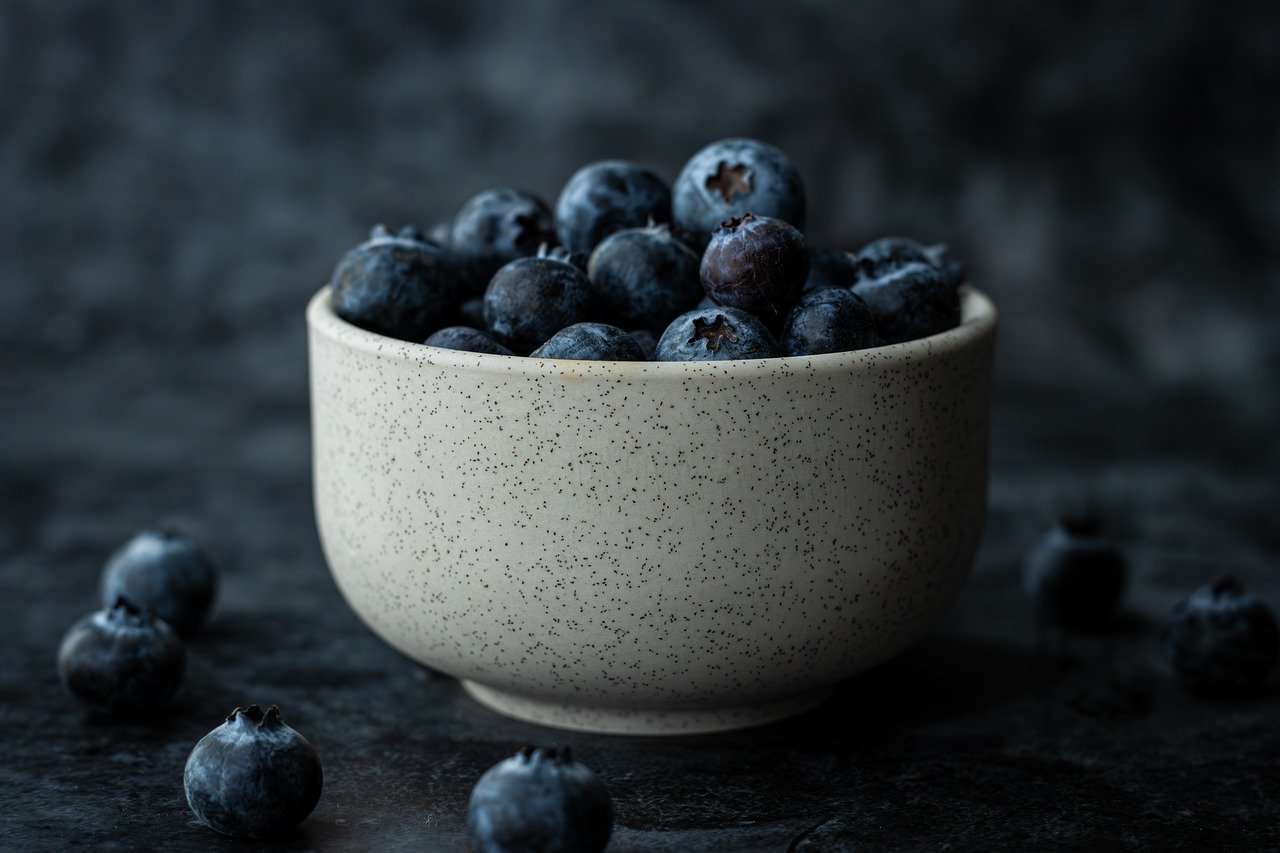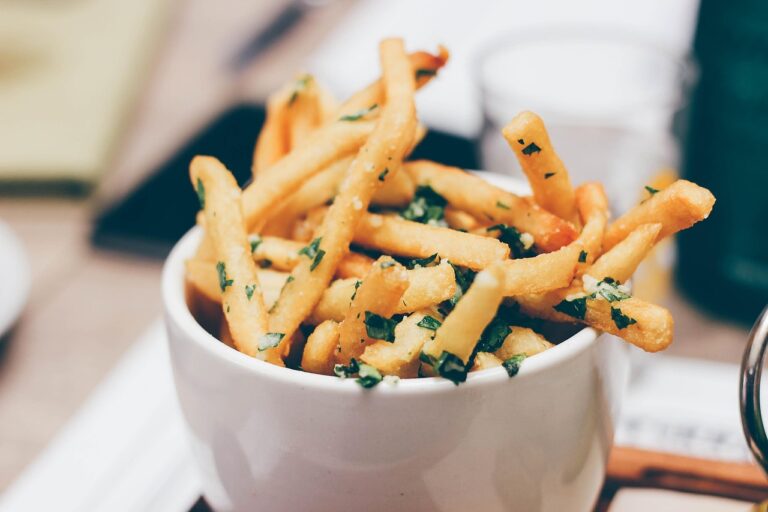The term “superfood” has become a powerful marketing tool, but it has no official nutritional or scientific definition. Understanding what makes foods genuinely nutritious can help you make better choices without falling for expensive health food trends.
The Marketing Creation
“Superfood” is a marketing term, not a scientific classification. The word gained popularity in the early 2000s as food marketers sought ways to differentiate products in a crowded marketplace. The implication is that these foods provide exceptional health benefits, but the reality is more nuanced.
Nutrient Density vs. Hype
Truly nutritious foods are characterized by high nutrient density—they provide significant amounts of vitamins, minerals, antioxidants, or other beneficial compounds relative to their calorie content. Many marketed “superfoods” do meet this criteria, but so do many common, less expensive foods.
The Antioxidant Obsession
Many superfoods are promoted for their antioxidant content, but the relationship between antioxidants and health is complex. While antioxidants can neutralize harmful free radicals, consuming mega-doses isn’t necessarily better. Your body maintains its own antioxidant balance, and extremely high levels can sometimes be counterproductive.
Superfood Reality Check
Açaí berries: High in antioxidants, but so are blueberries, which are cheaper and more accessible. The health claims about açaí are often exaggerated.
Quinoa: A complete protein and good source of fiber, but not nutritionally superior to other whole grains combined with legumes.
Kale: Nutrient-dense leafy green, but spinach, collard greens, and other dark leafy vegetables offer similar benefits.
Chia seeds: Good source of omega-3 fatty acids and fiber, but ground flaxseeds provide similar benefits at lower cost.
Goji berries: Contain vitamins and antioxidants, but regular berries offer comparable nutrition without the premium price.
The Whole Diet Approach
No single food can compensate for an overall poor diet. Research consistently shows that dietary patterns—not individual foods—determine health outcomes. The Mediterranean diet, DASH diet, and other evidence-based eating patterns emphasize variety and balance rather than relying on specific “miracle” foods.
Red Flags in Superfood Marketing
- Claims about “ancient wisdom” or “secret” ingredients
- Promises to cure diseases or provide miraculous health benefits
- Emphasis on exotic origins or difficult-to-pronounce names
- Testimonials rather than peer-reviewed research
- Prices significantly higher than nutritionally similar foods
The Real Superfoods
If we must use the term, the most “super” foods are:
- Leafy green vegetables (spinach, kale, arugula)
- Berries (blueberries, strawberries, raspberries)
- Fatty fish (salmon, sardines, mackerel)
- Nuts and seeds (walnuts, almonds, flaxseeds)
- Legumes (beans, lentils, chickpeas)
- Whole grains (oats, brown rice, quinoa)
Making Smart Choices
Focus on:
- Variety in your diet to ensure diverse nutrient intake
- Whole, minimally processed foods
- Seasonal and local produce when possible
- Foods you enjoy and can afford consistently
- Evidence-based nutrition information from reputable sources
The Bottom Line
The healthiest diet includes a variety of nutrient-dense foods eaten consistently over time. While some marketed “superfoods” are indeed nutritious, they’re not magical, and many common foods offer similar benefits at lower cost.
True nutritional “superpowers” come from consistent, balanced eating patterns rather than individual miracle foods.



